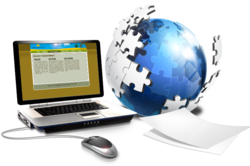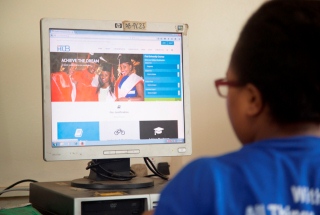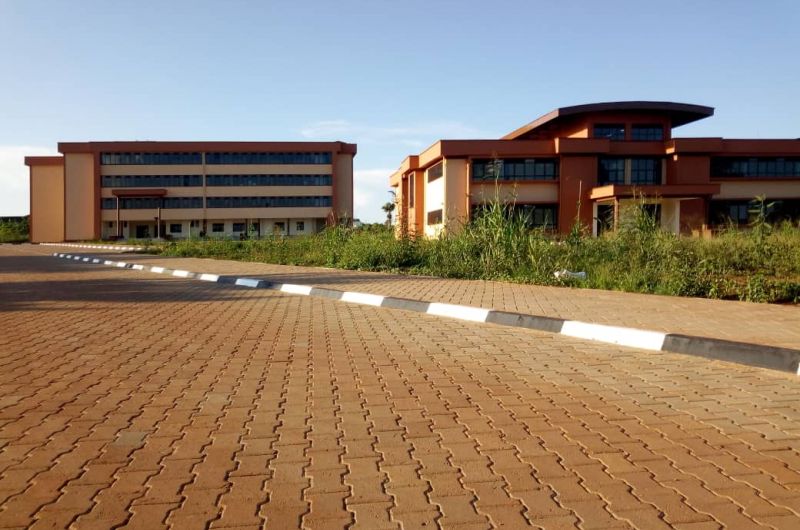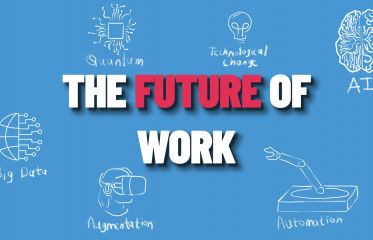As governments and the healthcare industry seek to prepare themselves for a large demographic change, caused by aging baby boomers, the concept of a “medical home” is just one of several exciting healthcare trends to keep an eye on in the coming years. These innovations all seek to take advantage of cost-effective technology to deliver better, safer care for patients.
Here are the five most interesting emerging trends in healthcare:
1. The medical home
The concept of a “medical home” doesn’t refer to a building, but rather a style of care. Because of time pressures, physicians sometimes tend to jump to conclusions instead of allowing the patient to contribute to the conversation. The medical home concept would allow a doctor to have more extensive interactions with his or her patients. Nurses with medical office assistant training, or education from PSW courses, would also be more involved, participating in lab work or with flu shots, for example. By establishing a closer link between patient and doctor, the medical home hopes to improve outcomes and achieve greater efficiency to satisfy informed patients.
2. Individualized medicine
Advancements in both science and technology as well as progress in genetic mapping are making healthcare more predictive, personalized and preventive than ever before. As health solutions become highly customized, individuals will be segmented into smaller and smaller groups, requiring specific treatments administered by a health professional who has taken a personal support worker course. Based on the results of genetic tests, it’s also now possible to predict the chances of an individual getting certain cancers or illnesses, allowing patients to tailor the surveillance of their health.
3. Telehealth
Telehealth uses mobile, internet-friendly technology to provide healthcare for patients regardless of location. This patient-centric health system reduces the dependence on large, expensive facilities and gives individuals greater control over their well-being and health, making managing diseases easier.
Telehealth patients answer health assessment questions every day using a touch-screen monitor. Various medical devices can also be attached to the monitor to capture and relay vital signs. The information is transmitted to a secure website where registered nurses review them and can be in instant contact with the patient. The goal is to prevent re-hospitalization by identifying and addressing key issues ahead of time.
4. Integrative medicine
When conventional medicine fails to bring relief, most people try alternative solutions, such as acupuncture, dietary supplements, stress reduction techniques, homoeopathy or botanical remedies. Integrative medicine embraces this concept by officially combining conventional Western medicine with alternative treatments. This best-of-both-worlds approach seeks to tap into the body’s ability to heal itself while also taking advantage of the encyclopedic knowledge of modern medicine.
5. Electronic health records
The cumbersome, thick manila folder that contains a patient’s medical history and follows him or her into the exam room is becoming a thing of the past, and not a moment too soon. Electronic health records are completely modifying the way healthcare facilities operate, as they’re making sharing, grouping and duplicating information faster and easier, allowing doctors to consult and keep track of a patient’s full medical history. Not only does having access to an electronic record provide better-coordinated care, but it also eliminates the need for deciphering a physician’s enigmatic handwriting!
Source * https://www.andersoncollege.com/5-emerging-trends-healthcare/






























